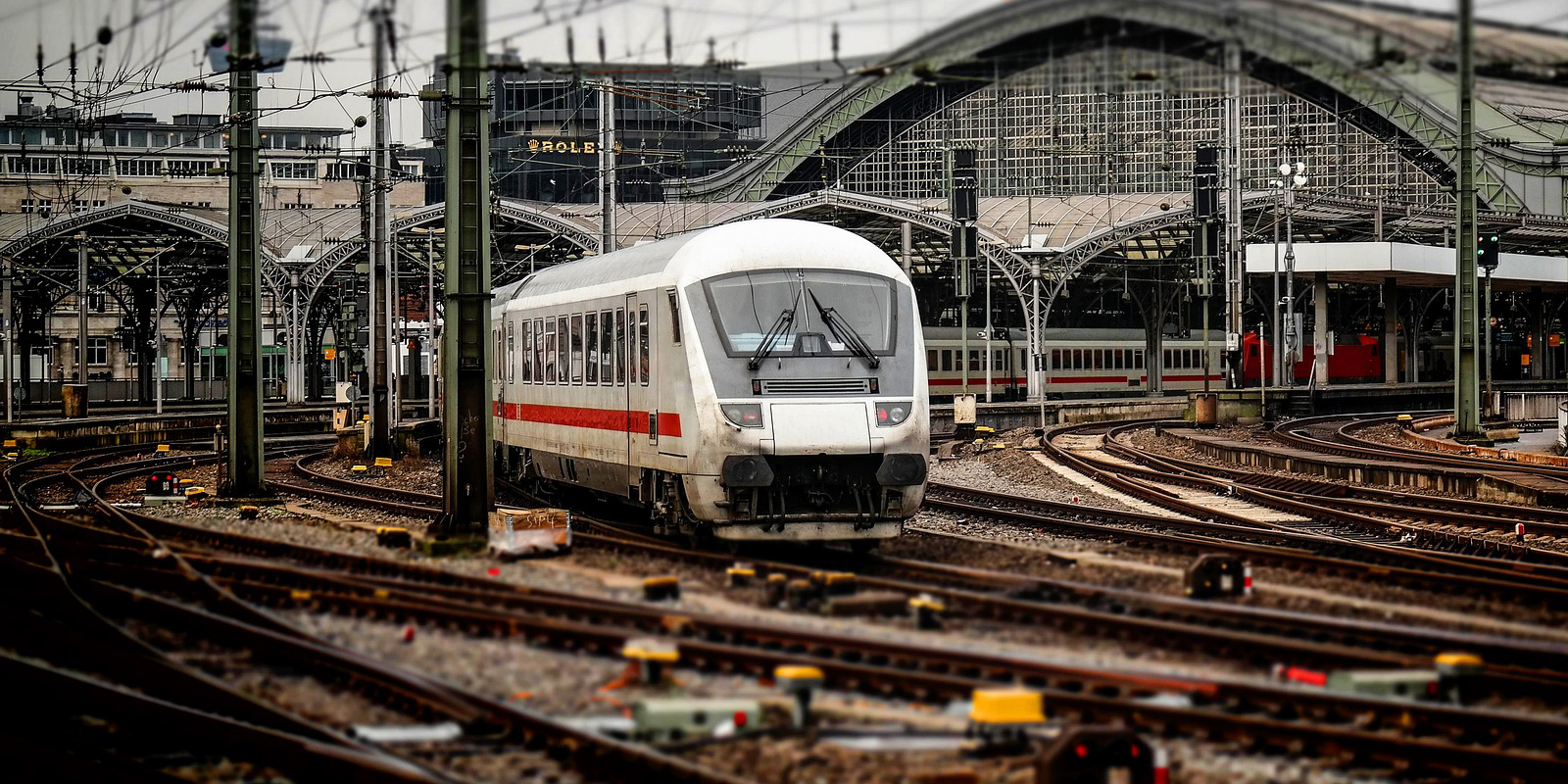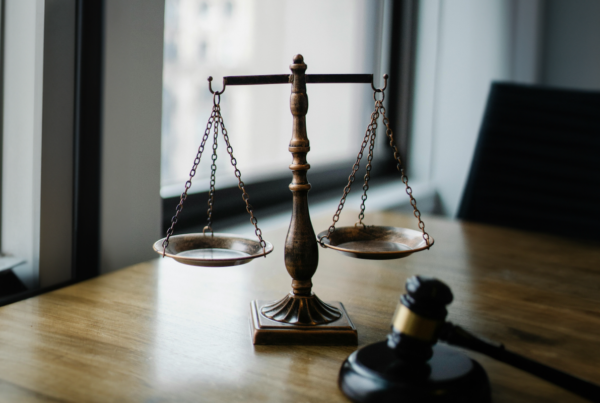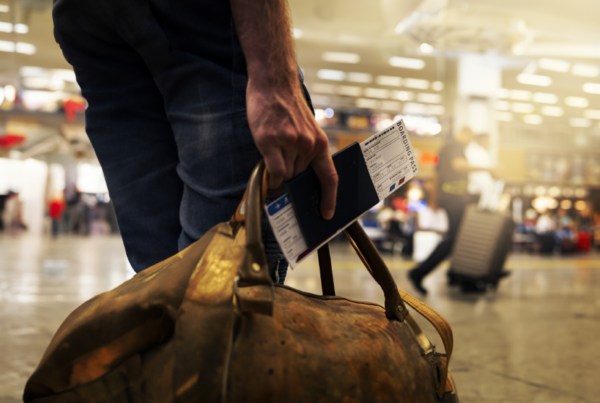Train accidents devastate lives, often causing significant injuries, property damage, and even fatalities. After such a traumatic event, gathering and preserving evidence becomes crucial for building a strong case. Whether you seek compensation for medical expenses, lost wages, or emotional distress, having the right evidence can make all the difference in achieving a favorable outcome.
Why Evidence Matters
Evidence serves as the foundation of any legal claim. It helps establish the facts of the case, determine liability, and quantify the damages suffered. In train accident cases, evidence can demonstrate the cause of the accident, the extent of the injuries, and the financial impact on the victims. Without solid evidence, it can be challenging to prove negligence or wrongdoing, making it difficult to secure the compensation you deserve.
Types of Evidence in Train Accident Cases
There are various types of evidence that can be pivotal in a train accident case:
Accident Reports
Official reports from the railway company, law enforcement, or the National Transportation Safety Board (NTSB) provide detailed accounts of the accident, including potential causes and contributing factors.
Photographs and Videos
Visual evidence from the accident scene can capture important details such as damage to the train, tracks, and surrounding areas. Photos of injuries and property damage also help illustrate the impact of the accident.
Eyewitness Testimonies
Passengers, bystanders, and witnesses can offer valuable perspectives on how the accident occurred and who may be at fault.
Medical Records
Comprehensive documentation of injuries and treatments is essential for demonstrating the physical and emotional toll of the accident.
Maintenance Records
Logs detailing the maintenance history of the train and tracks can reveal whether negligence or poor upkeep contributed to the accident.
Expert Testimony
Insights from experts in fields such as accident reconstruction, engineering, and medical care can provide authoritative support. These expert opinions can strengthen your claims.
Black Box Data
Trains are equipped with event recorders, similar to airplane black boxes, that capture data on speed, braking, and other operational aspects leading up to the accident.
Steps to Preserve Train Accident Evidence
To ensure that critical evidence is preserved, consider taking the following steps:
- Report the Accident: Immediately report the accident to authorities and ensure that an official report is filed.
- Document the Scene: If you are able, take photographs and videos of the accident scene, your injuries, and any property damage.
- Collect Contact Information: Obtain the names and contact details of witnesses who can provide statements about the accident.
- Seek Medical Attention: Get medical care as soon as possible and keep detailed records of your injuries and treatments.
- Retain All Documents: Keep copies of all accident reports, medical records, maintenance logs, and correspondence related to the accident.
- Consult an Attorney: An experienced train accident attorney can help you gather and preserve evidence, as well as guide you through the legal process.
Why Choose Fielding Law
At Fielding Law, we understand the complexities of train accident cases and the importance of collecting thorough evidence. Our compassionate and knowledgeable team helps you navigate this challenging time.
If a train accident has affected you or a loved one, contact Fielding Law at 833.88.SHARK. We provide the guidance, support, and dedicated advocacy you deserve.
Note: Information provided is for educational purposes and does not constitute legal advice. Always consult with a qualified attorney for legal concerns.






